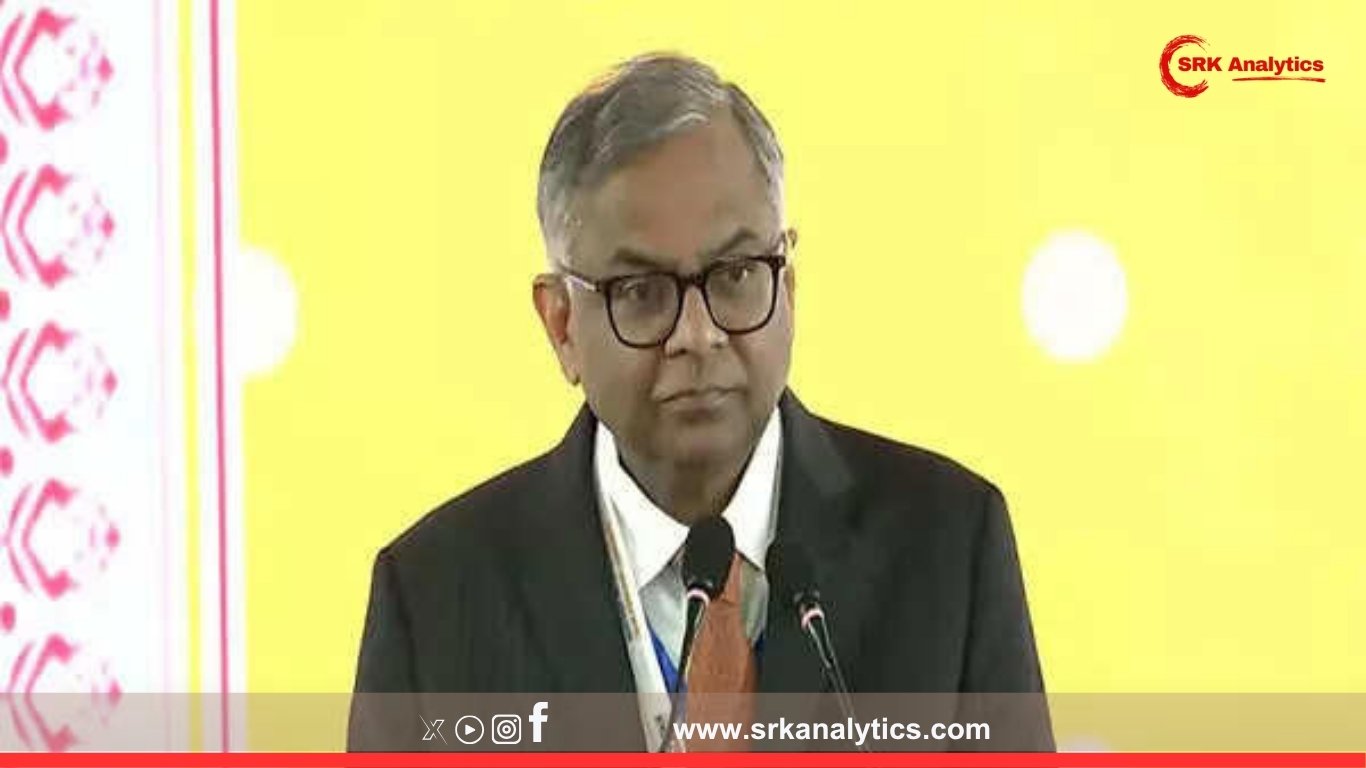Tata Power, one of India’s largest integrated power companies, is rapidly transforming itself into a dominant player in the hybrid renewable energy (RE) segment, combining solar, wind, and storage solutions to offer round-the-clock green energy to industries and states. Chairman N Chandrasekaran, addressing shareholders at the company’s recent AGM, said Tata Power is strategically positioned to become a force in India’s emerging hybrid renewable market, aligning with the country’s decarbonisation targets and industrial energy security needs.
Tata Power’s Hybrid RE Strategy
The hybrid renewable energy strategy combines solar, wind, and battery storage to deliver firm, schedulable green power – an offering increasingly demanded by industrial and commercial users looking to meet their 24×7 power requirements with minimal carbon footprint.
| Component | Role in Hybrid Model |
|---|---|
| Solar | Generates power during daylight |
| Wind | Generates power during night and monsoon-heavy periods |
| Battery Storage | Stores excess generation to supply during peak demand |
Chandrasekaran emphasised:
“Hybrid solutions are the future of India’s energy sector. Tata Power’s ongoing and upcoming hybrid projects will ensure we emerge as a force in this market while delivering value to shareholders and customers.”
Major Hybrid Projects Under Development
Tata Power Renewable Energy Limited (TPREL), the company’s renewable arm, has secured multiple hybrid projects in the past two years under state and SECI tenders.
| Project | Capacity | Type | Status |
|---|---|---|---|
| SECI Hybrid Tender | 400 MW | Wind-Solar | Under construction |
| Rajasthan Hybrid | 300 MW | Solar + Wind + Storage | Financial closure stage |
| Gujarat Hybrid | 200 MW | Solar + Wind | Commissioning by FY26 |
Growth Ambitions and RE Portfolio
Tata Power aims to achieve over 70% clean energy capacity by 2030, with a current operational renewable portfolio exceeding 5 GW across solar, wind, and rooftop segments.
| Metric | FY23 | FY30 Target |
|---|---|---|
| Total Installed Capacity | 14 GW | ~30 GW |
| Renewable Capacity | 5.2 GW | 20 GW+ |
| RE % of Total | 37% | 70%+ |
Industry Trends Driving Hybrid Adoption
India’s renewable energy sector is witnessing a structural shift towards hybrid projects due to:
- Grid stability concerns: Hybrid reduces intermittency.
- Lower cost per unit: Combining wind and solar optimises transmission usage.
- 24×7 green power obligations: Corporates and DISCOMs seek firm RE supply.
| Driver | Impact on Market |
|---|---|
| Declining battery prices | Makes hybrid economically viable |
| Industrial decarbonisation targets | Increases hybrid PPAs |
| SECI and state hybrid tenders | Provides demand pipeline for developers |
Tata Power’s Strategic Advantages
According to Chandrasekaran, Tata Power’s competitive edge in hybrid RE stems from:
- Integrated business model: Presence across generation, transmission, and distribution.
- Strong EPC capability: Tata Power Solar is India’s leading solar EPC contractor.
- Innovations in storage and microgrids: Piloting battery storage integration in multiple sites.
Financial Performance Snapshot
Tata Power reported robust performance in FY23, driven by renewable additions and regulated distribution businesses.
| Particulars | FY23 | FY22 | Growth (%) |
|---|---|---|---|
| Revenue | ₹56,033 crore | ₹42,576 crore | +31.6% |
| EBITDA | ₹10,068 crore | ₹9,137 crore | +10.2% |
| Net Profit | ₹3,810 crore | ₹3,612 crore | +5.5% |
| Debt-Equity Ratio | 1.4 | 1.8 | Improved |
The company continues to reduce leverage to free up capital for future RE investments.
ESG Commitments and Green Energy Push
Chandrasekaran reiterated Tata Power’s commitment to Net Zero by 2045, with interim targets such as:
- No new coal-based greenfield projects.
- Phasing out thermal assets over the next two decades.
- Scaling rooftop solar, EV charging networks, and community microgrids.
Expert Views
Energy sector analysts believe Tata Power’s hybrid push will position it as a key player as India transitions to a 500 GW renewable capacity target by 2030.
- Ritika Sharma, Power Sector Analyst, IIFL: “Hybrid RE is the next growth wave. Tata Power’s proactive investments and EPC integration give it a first-mover advantage.”
- Sandeep Nair, Renewable Consultant: “Hybrid projects improve capacity utilisation, ensure peak hour supply, and optimise grid charges. This strengthens Tata Power’s industrial PPA business model.”
Competitive Landscape
| Company | Operational RE Capacity (GW) | Hybrid Pipeline (MW) |
|---|---|---|
| Adani Green Energy | 8.1 | 1,500 |
| Tata Power | 5.2 | 900 |
| ReNew Power | 7.4 | 1,200 |
| JSW Energy | 3.2 | 950 |
While Adani Green remains the largest RE player, Tata Power’s hybrid-first strategy could increase its market share in high-margin corporate and utility hybrid PPAs.
Future Outlook
Chandrasekaran concluded his AGM address stating,
“We are committed to enabling India’s clean energy future. Our hybrid renewable capacity, supported by storage solutions and technology innovation, will be a major pillar of Tata Power’s growth in the coming decade.”
Conclusion
As India accelerates towards decarbonisation, Tata Power’s integrated hybrid renewable energy strategy aims to deliver reliable, cost-effective, and sustainable power solutions to meet industrial and grid demand. This positions the company to emerge as a dominant force in the hybrid RE market, reinforcing its leadership in the nation’s energy transition journey.
Disclaimer: This news report is for informational purposes only and does not constitute investment advice, recommendation, or an offer to buy or sell any securities. Readers are advised to consult certified financial advisors and refer to official company filings and announcements before making any investment decisions. The publication is not responsible for any business or investment decision taken based on this report.











